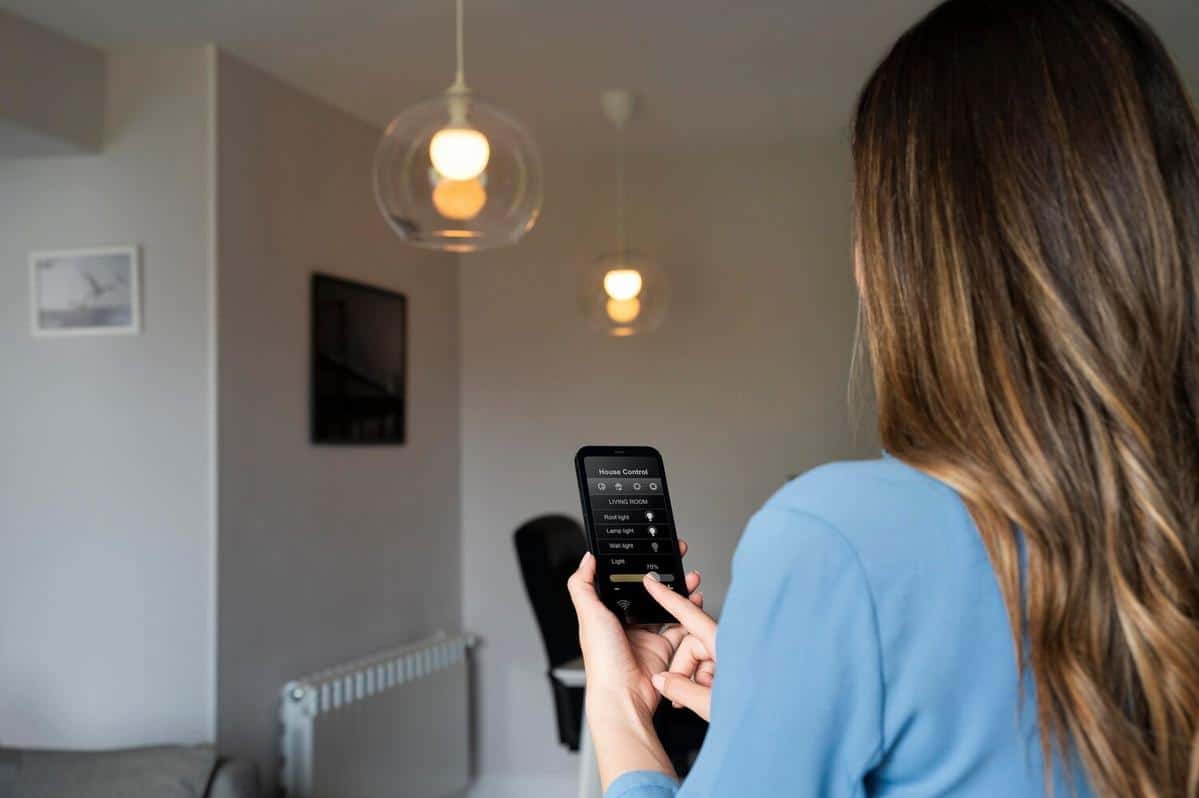
Energy Efficiency Tips Using Smart Home Technology
Harnessing the power of smart home technology can revolutionize how we manage energy consumption, offering both convenience and sustainability.
Understanding the Role of Smart Technology in Energy Efficiency
Smart home technology isn’t just about convenience; it’s a pivotal player in enhancing energy efficiency. According to a study by the International Energy Agency, smart technologies could help reduce household energy consumption by up to 10-15%. This is achieved through intelligent systems that optimize energy use by learning from user habits and preferences.
“Smart home technology allows for real-time energy monitoring, which can lead to significant savings,” states energy expert Lisa Jackson.
Practical Tips for Using Smart Home Technology
1. Smart Thermostats
Smart thermostats are a game-changer. They learn your schedule and adjust temperatures accordingly, reducing energy waste. Consider setting your thermostat to adjust during peak hours to save on bills.
2. Automated Lighting
Automated lighting systems can turn off lights when rooms are not in use. Motion sensors and timers are excellent additions to reduce unnecessary energy consumption.
3. Energy Monitoring Devices
These devices track energy usage in real time, helping identify patterns and areas for improvement. They provide insights into which appliances consume the most energy.
Invest in a smart power strip to cut off power to devices when they are not in use, further saving energy.
Exploring Personal Experiences
Consider the experience of Mark, who installed a smart thermostat and noticed a 20% reduction in his monthly energy bill. He shares, “I didn’t realize how much energy I was wasting until I could see it in real-time data.” This is a common revelation among smart home technology users.
Comparing Smart Home Technologies
| Technology | Potential Savings | Initial Cost | User Friendliness |
|---|---|---|---|
| Smart Thermostat | 10-15% Reduction | Moderate | High |
| Smart Lighting | 10% Reduction | Low | High |
| Energy Monitoring Devices | Varies | Low | Moderate |
| Smart Power Strips | 5% Reduction | Low | High |
| Automated Blinds | 5-10% Reduction | High | Moderate |
| Smart Water Heaters | 10% Reduction | High | Moderate |
| Smart Appliances | Varies | High | High |
| Home Automation Systems | Overall 20% Reduction | Very High | Moderate |
The Future of Smart Home Technology
The future looks promising with the continuous advancement of smart home technologies. As tech evolves, the potential for even greater energy efficiency is on the horizon. Collaborations between tech companies and energy providers are paving the way for more integrated and efficient solutions.
FAQ
How can I start incorporating smart technology into my home?
Begin with smart thermostats and lighting systems as they are easy to install and provide immediate energy savings.
Are smart home technologies expensive to maintain?
While the initial investment might be higher, the long-term savings on energy bills can offset these costs significantly.
Conclusion
Embracing smart home technology is a step toward a more sustainable and energy-efficient lifestyle. By integrating these innovative solutions, you not only save on energy costs but also contribute positively to the environment. Start with small changes and gradually expand your smart home ecosystem to maximize benefits.